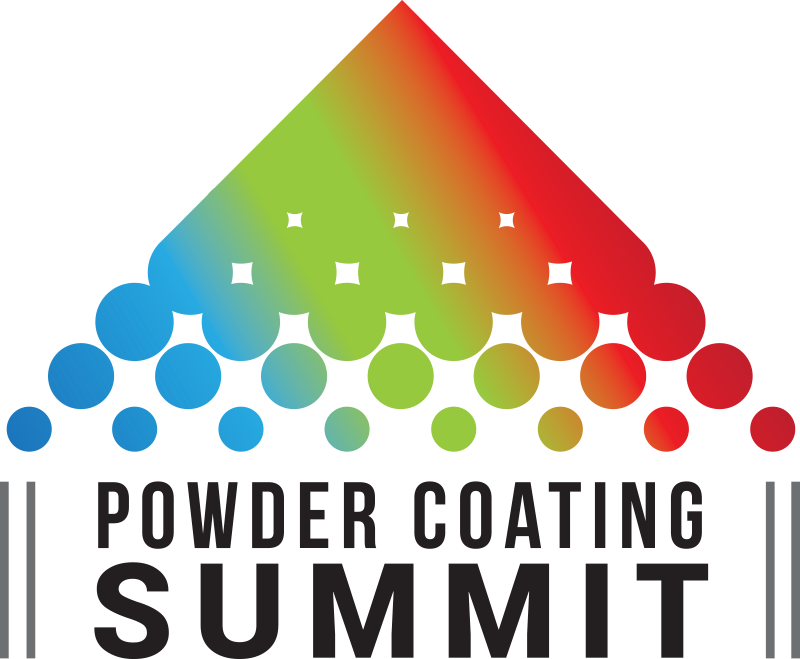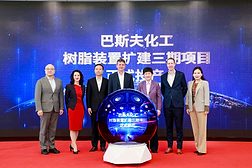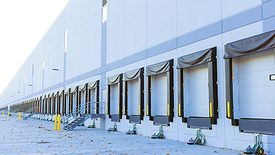Home » Polyurethane Resins
Articles Tagged with ''Polyurethane Resins''
Innovative Approaches to Water-Based DTM Coatings
Formulating for Corrosion Resistance and Adhesion
Read More
Polyurethane and Polyurea Coatings
A Primer on the Nomenclature, Technology, Properties, and In-Market Use
Read More
Keep the info flowing with our eNewsletters!
Get the latest industry updates tailored your way.
JOIN TODAY!Copyright ©2025. All Rights Reserved BNP Media.
Design, CMS, Hosting & Web Development :: ePublishing









